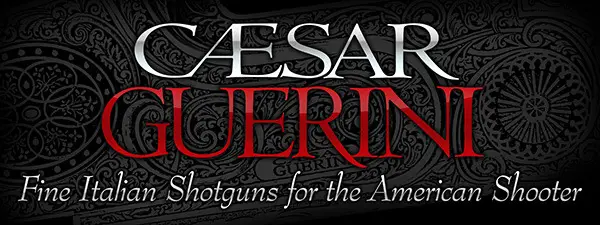About the Safety on a Shotgun or Rifle
The physical safety placement on a shotgun or rifle isn't talked about much, but it can be critical to the usefulness of a firearm in the field. One of my favorite safeties on a shotgun is the front of the trigger guard safety found on older A-5 semi-autos. Its use was and is intuitive and effortless: your finger stays out of the trigger guard until the pheasant hits the air, your forefinger nudges it off in a forward motion as you shoulder then gun, then you pull back and bag your bird. Regardless of cold or gloved hands, it is an instinctive forward, away from the trigger motion, then back to take your shot. It is, of course, ambidextrous as well.
It is one of the reasons I prefer the Mini-14 platform to the AR platform: the Garand safety is far more intuitive to me than flipping a receiver-mounted lever. On a bear hunt, though there were several muzzleloaders here that would have done the job, anything with an external hammer was out of the question. When you see (and smell) a 400 pound black bear from your tree, the last thing you want is an audible click. That is one of the many reasons that we bagged our last four bears with Savage 10ML-II's, with their silent tang safeties.
Certainly, for just target shooting, safety placement is relatively unimportant as they are rarely used, sometimes never used. There is nothing quite like the sickening feeling of watching a wild rooster (okay, an evil Chinese Communist rooster that tastes good) fly away cackling without a shot fired. That situation compelled my brother-in-law to dump his beautiful new Beretta vertical double, for he found it to be as worthless as a weed-whipper for pheasant hunting. The poor purchase bird-saving tang safety is also something that afflicts the Browning BPS. The outside the rear of the trigger guard safety of the old Browning Double Auto is middle of the road, best described as an acquired taste.
As a generalization, the rear of the trigger guard cross-bolt safety is probably the best general hunting safety put on a repeating shotgun today. If you are seated in the duck blind or goose pit, the safety may not matter as much to you as those that enjoy hunting flushing game.
The worst front of the trigger guard safeties are found on the Benelli Vinci and Beretta A400 shotguns. What were they thinking? Yet, it isn't strictly brand-specific, for Benelli M2's, for example, don't have this problem. Nor is the rear of the trigger guard safety immune from issues. The Browning Maxus safety, which is at the rear of its large trigger guard, is just exactly at the wrong place, for me, anyway, for when carrying the gun, the knuckle of my forefinger continually knocks off the safety. I won't hunt with a Maxus for that reason, although this is not a problem for everyone.
Nor are cross-bolt safeties consistent with the amount of pressure required to disengage them. The CZ720 that I tested was a 6-1/2 lb. 20 gauge, complete with a 9-1/4 lb. trigger and about a 20 lb. safety.
Safety placement and safety ease of use, while rarely discussed, is one of those factors that can turn the gun you thought you wanted into a real pantload. It is easy to overlook when you're enthusiastically shopping for a new shotgun or rifle, of course. It is one of those things that if you add it to your mental checklist, you could prevent an unsatisfying purchase.
Copyright 2016 by Randy Wakeman. All Rights Reserved.












